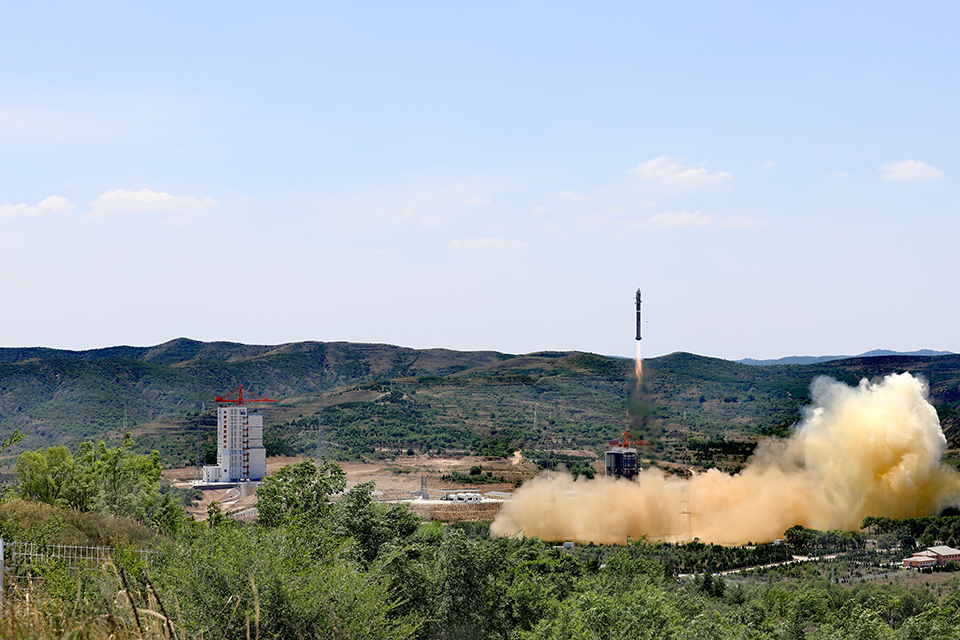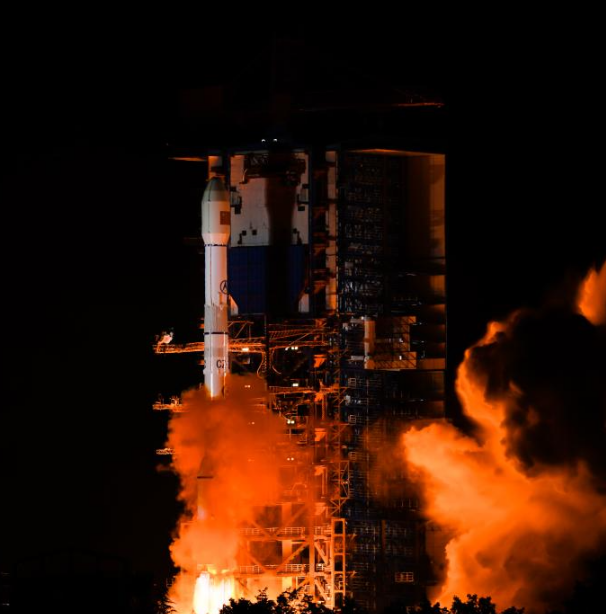15
2023-06
The Golden Bauhinia Satellites No.37 & No.38 were successfully launched
On June 15th, 2023, the Long March 2D carrier rocket carried the Golden Bauhinia Satellite No.37 & No. 38 into space from the Taiyuan Satellite Launch Center. The satellites successfully entered their planned orbits and both are in good operating condition. This is the second launch mission of Hong Kong Aerospace Technology Group for this year.
The Golden Bauhinia Satellite No.37 & 38 are both small and high-resolution optical remote sensing satellites that use new-generation high-performance imaging technology. While effectively enhancing the weak signal detection capability and system integration, their weight and volume have been significantly reduced. They have the advantages of quick production, intelligent operation, and cost-effectiveness.
The Golden Bauhinia satellite constellation is a passive-active hybrid low-orbit high-frequency satellite constellation planned by the Hong Kong Aerospace Technology Group. The constellation combines optical remote sensing and synthetic aperture radar imaging modes to form an all-weather and all-time dynamic monitoring service system that is not affected by weather conditions such as clouds and rain. The constellation focuses on the Guangdong-Hong Kong-Macau Greater Bay Area (GBA) and is committed to providing satellite remote sensing services and overall smart city solutions for global users.

-
29
2025-05

Tianwen-2 Mission Launched Successfully
At 1:31 AM today, China successfully launched the Tianwen-2 planetary exploration probe from the Xichang Satellite Launch Center using the Long March-3B Y110 carrier rocket.
-
13
2025-05

Communication Technology Experiment Satellite No. 19 Successfully Launched
At 2:09 on May 13, China successfully launched the Communication Technology Experiment Satellite No. 19 from the Xichang Satellite Launch Center using a Long March 3B carrier rocket. The satellite smoothly entered its predetermined orbit, and the launch mission was a complete success.
-
12
2025-05

Remote Sensing Satellite No. 40, Group 02, Successfully Launched
On May 11 at 21:27, China successfully launched the Remote Sensing Satellite No. 40, Group 02, from the Taiyuan Satellite Launch Center using a Long March 6A carrier rocket. The satellite entered its predetermined orbit smoothly, and the launch mission was a complete success.









